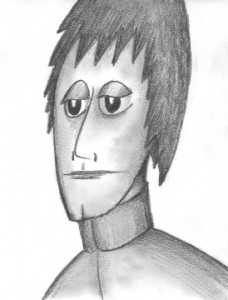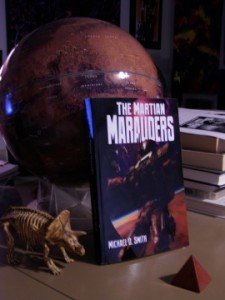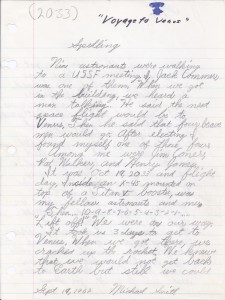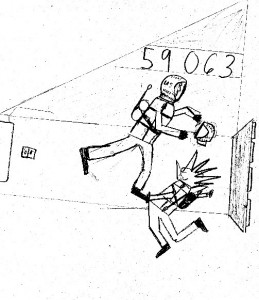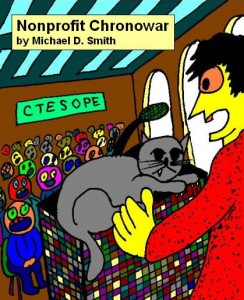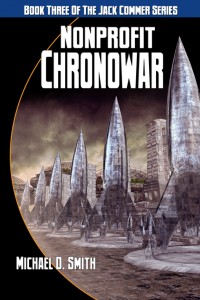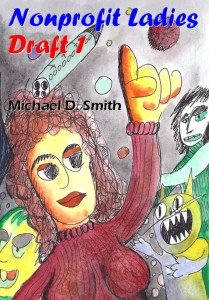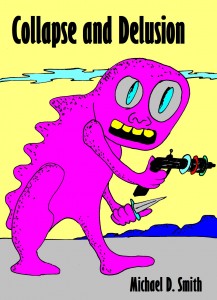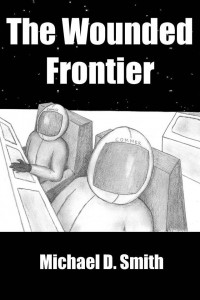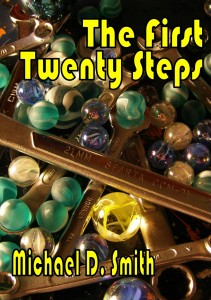 “Well, all this brings us back to Hergs,” Jack said, “which was the main reason I called this meeting. We received the CogniSort summary on him and I’ve printed it out.” Jack held up what looked like fifty pages of paper. “Thought I’d familiarize you all with some of it before we get to Mercury.”
“Well, all this brings us back to Hergs,” Jack said, “which was the main reason I called this meeting. We received the CogniSort summary on him and I’ve printed it out.” Jack held up what looked like fifty pages of paper. “Thought I’d familiarize you all with some of it before we get to Mercury.”
“Fantastic!” Jim laughed. “This is just like story time around the campfire!”
“A full dose of SynMorph might … not’ve been necessary,” Harri observed.
“Okay …” Jack said, scanning the first page of the document. “Full name, Samuel Jay Hergs. Born April 19, 1999, in Maine–specific town not known. Had a police record from fourteen: drug use, drug dealing, gang activity. Never made it through high school, and nothing more in the database on him after 2017 until 2024, when he was arrested for helping turn an anti-space protest in New York into a riot.”
“Oh, so he was one of those,” Joe observed. Jim remembered the massive protests when the United States Space Force was organized in 2024, with over half the federal budget being pumped into the agency. In the wake of the Neptune explosion and the Uranus flyby there was no way the USSF was going to be stopped. Nevertheless, there were significant numbers of people who thought that exploring space was foolish and that the money should go to repairing the gravitational disasters caused by the Uranus flyby.
“In 2032 Hergs published Towards a Socialist Solar System, which advocated the violent overthrow of the United Nations, the deaths of everyone currently in power, and the rise of a ‘solar proletariat’ to govern the system,” Jack went on. “He wanted any existing spacecraft to be used, and I’m quoting, ‘for the people, not for the exploitation of space and whatever indigenous peoples we may find there.’”
“I somehow missed that book,” Harri said.
“Cripes, what a loser,” Joe said.
“But the records show he did evacuate Earth on November 14, 2033. But then he disappears once he gets to Mars. He never registered a Mars address. His cohort Al Carson did the same thing.”
“So what’s he been doing all this time–recruiting disaffected Martians for the Cause?” Mickey Michaels put in. “And disaffected humans, too, I guess–but how did he find Martians when nobody else has since 2021?”
“If … if he, or anyone who was even slightly … psychic, I guess, just–tuned in to whatever thoughts were coming out of Martian minds …” Ken Garrison mused.
“Yeah! Maybe they could track the Martians down!” Joe said.
“That’s it! That’s it!” Garrison said. “He’s messed on something like AlphaFlare, lying around, totally screwed up, but open to the alien minds, and then–”
Is that why I felt I bonded with M’rrpla? Jim wondered. Because I’m higher than the Andromeda galaxy on Alpha SynMorph? But what burst out of him was: “Wow, this really is just like a ghost story! We’re all around the campfire, telling stories about scary things! That we know nothing about!”
Copyright 2013 by Michael D. Smith
More Jack Commer series images | The Martian Marauders
 I’ve grown quite enamored of this painting I did a couple weeks ago. But I hated it and cursed the monster as I fought to hook it and lash it to my little boat for hour after demented hour like the Old Man and the Sea. Finally admitting failure to achieve anything near the original plan, I just gave up on it. Later that evening, however, I began to see that the painting must have demanded to depict some sort of default energy state …
I’ve grown quite enamored of this painting I did a couple weeks ago. But I hated it and cursed the monster as I fought to hook it and lash it to my little boat for hour after demented hour like the Old Man and the Sea. Finally admitting failure to achieve anything near the original plan, I just gave up on it. Later that evening, however, I began to see that the painting must have demanded to depict some sort of default energy state …

